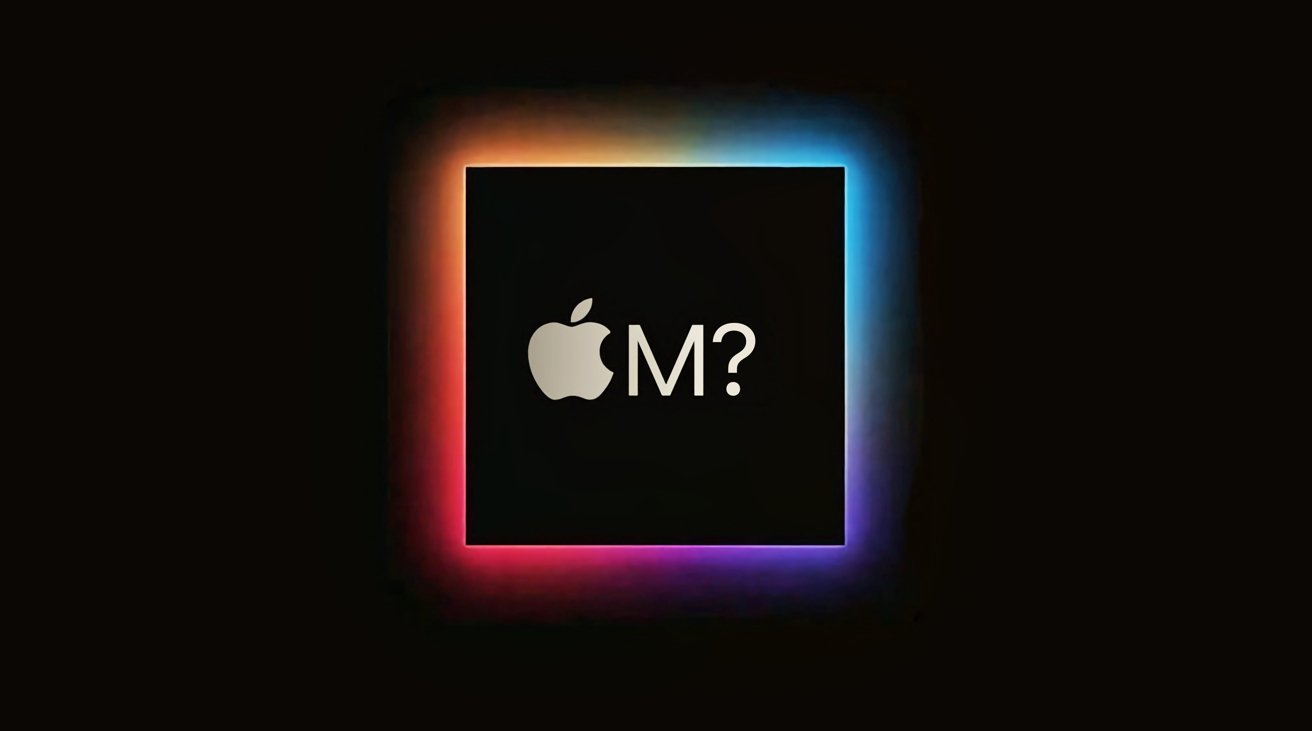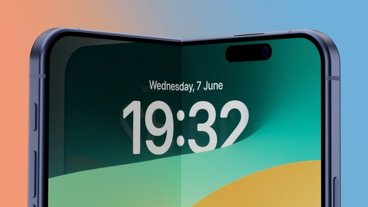Apple's chip design and production process has to work far in advance, and some sleuthing indicates it has reached the A19 and M5 chip generations.
Designing major products like the iPhone takes Apple a considerable amount of time, with years of effort going into the creation of each one. With such lead times between starting the process and Apple's product launch, it's no surprise that Apple is working on components intended for future iPhone and Mac generations.
An image shared by leaker @_orangera1n includes a list of CHIP tags, a number used to identify the model of chips employed in Apple's various products. CHIP tags are intended to ensure that incompatible firmwares are not installed onto the wrong hardware, among other tasks.
It appears that apple has started work on the A19 and M5 Pro/Max/Ultra SOCs
— Ellie #DownWithRose #MollySupport #MizuSuprt (@_orangera1n) August 20, 2023
Also I wonder what 0x6033/0x6034 are pic.twitter.com/C8f5vcrlFv
While Orangera1n doesn't describe where the tags are sourced from, it seems that the list was generated by a script shared through The Apple Wiki that brute-force checks for Apple Chip IDs from the Tatsu Signing Server and notes responses that didn't return an error code.
CHIP ranges
The list of CHIP tags can be divided into two ranges, with half of the CPIDs starting 0x8 and the other half with 0x6. The 0x8 versions relate to the A-series chips, while the 0x6 are for the M-series of Apple Silicon.
For the 0x6 range, 6022 refers to the M2 Ultra, Apple's most powerful Apple Silicon chip, but there are 11 listings in the range beyond that point. Since the listings follow the pattern of ascending the same way as the M-series generations do, that means there are CPIDs going up to the M5 Max, which is CPID 0x6052.
Likewise, the A16 Bionic has code 0x8120, but there are six more listings beyond it. It's plausible that two of each could be used for each A-series generation, given the variation between Pro and non-Pro iPhone counterparts.
If so, that would mean the CPIDs infer that A17, A18, and A19 are on the books at Apple.
The existence of codes for chips that won't be released for years isn't entirely unexpected, since Apple has to perform various tests on the chips before incorporating them into its products.
As the codes don't offer details about the chip's specifications or features, the codes only reveal that unnamed chips exist and are being worked on by Apple.
 Malcolm Owen
Malcolm Owen







-m.jpg)






 Christine McKee
Christine McKee
 Marko Zivkovic
Marko Zivkovic
 Mike Wuerthele
Mike Wuerthele

 Amber Neely
Amber Neely
 Sponsored Content
Sponsored Content
 Wesley Hilliard
Wesley Hilliard









13 Comments
Too soon for "but when will preorders be announced"?
Perhaps they are just placeholders so software can start coding the conditionals?
Same question as Ellie who posted this on Double-Struck X, if 6012 is M1 Ultra and 6022 is M2 Ultra, then 6032 is M3 Ultra, but what are 6033 and 6034?
I think it's possible there is a twist coming as a result of the failure of the 4x Max (4C "Extreme") approach. I've argued (maybe, certainly, kind of far-fetched, and feel free to disagree) elsewhere in the forums that a four-GPU variant of the Pro/Max (one-GPU/two-GPU) progression might be in the works, which would then be doubled using the same tech as the Ultra. So 6033 would be my "Max+" and 6034 would be my "Ultra+" ...
Another possibility is that 6033 and 6034 are about TSMC N3E. So M3 Pro and M3 Max, but via N3E instead of N3 ("N3B").
Another interesting question stems from the numbers for the A15 and M2 (8110 and 8112), so if 8120 is A16, then what is the 8122 listed there? M3? No, because if M3 is based on A17 (8130), then it would be 8132.
Don’t hook up an M5 to advanced military systems and run simulations though.